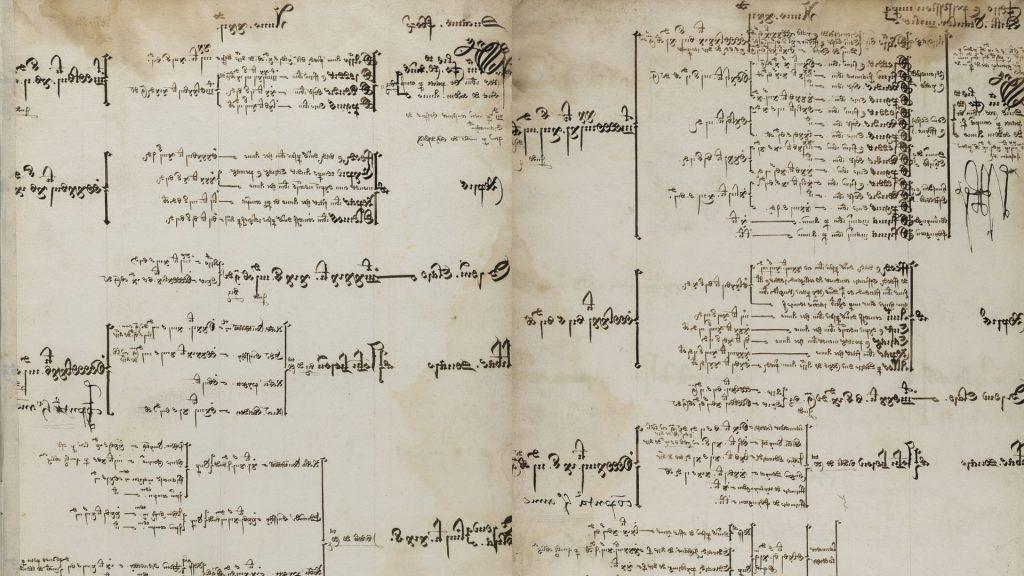by Sally Keil, Secretary, Richard III Society – American Branch, Team leader for The Missing Princes Project in America
In August 2012 the search for the mortal remains of King Richard III, led by Philippa Langley MBE and her “Looking for Richard” project team, came to a successful conclusion when the King’s grave was located under a parking lot in Leicester, 英格兰. With this mystery solved, Langley turned her attention to the disappearance of the two sons of King Richard’s elder brother and predecessor, King Edward IV: what happened to the two boys following the coronation of their uncle? The last time they were seen playing on Tower Green was in July 1483. Over the course of that summer they were seen ‘less and less’ until they were no longer seen at all. With no proof whatsoever of their demise, the theory that they were put to death by their uncle calcified and is now taken as fact.
Solving the mystery of the disappearance of the two boys became Langley’s next challenge. She formed The Missing Princes Project (TMPP) and solicited help from 研究人员 around the world to hunt for primary source documents that might offer clues to their whereabouts. To participate in this effort, I formed The Missing Princes Project in America in December 2018. The objective: search the 497 institutions listed in the Directory of Collections in the US and Canada that have Pre-1600 Manuscript Holdings. I reached out to the membership of the Richard III Society-American Branch asking for volunteers; thirty-one people raised their hands. Beginning in December 2018 we scoured 497 US-based libraries, archives and special collections looking very specifically for primary source documents dated between 1483 and 1509. With the outbreak of COVID all searching had to be online.
In querying the Massachusetts Historical Society’s digital archives, I was tremendously excited to find the original manuscript of a financial account book from the court of King Henry VII that was dated within our required timeframe. This manuscript was donated to the MHS in 1905 by the estate of Charles Edward French, a Bostonian businessman. I think it’s fun to learn that a Tudor period court record has been sitting right in our own backyard! 然而, it is written in Latin with medieval script, and is therefore indecipherable to most people who do not have the necessary paleographic skills. With a generous donation of funds from the Scottish branch of the Richard III Society, Langley commissioned Dr. Shelagh Sneddon of York University to transcribe and translate the account book. While it did not hold any clues to our search for the missing boys, it shines a bright light on the finances of King Henry VII and his court. With the kind agreement of Dr. Sneddon, The Missing Princes Project is pleased to donate a copy of the translation to the MHS. This gift enables MHS to provide students, 研究人员, and the wider online communities direct access to an original Tudor period manuscript.

A challenge to MHS 研究人员! As noted above, the estate of Mr. Charles Edward French donated this manuscript to MHS back in 1905. He also donated his diaries. In trying to determine from whom he obtained the account book, I came upon an entry in volume six, reel 2, box 2 page 125, written in the spring of 1864 that reads “I mean to study to collect all the valuable books that I can relative to antiquities, so that I may become a learned antiquarian/”. I have been unable to proceed beyond that. A small research challenge perhaps? It would be wonderful to be able to trace the provenance of the account book.


